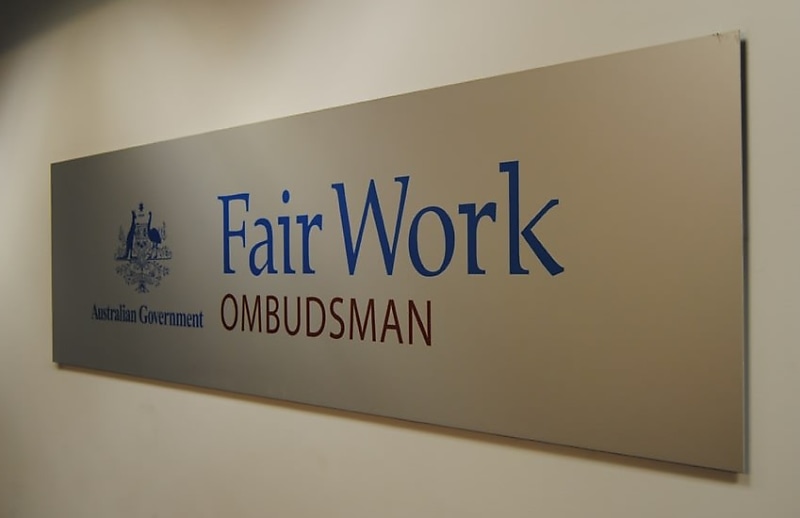Businesses must account for the government’s added family and domestic violence leave as it becomes available from 1 February.
The additional leave, which was announced by Employment Minister Tony Burke in October last year, entitles full-time, part-time and casual employees 10 days of paid leave each 12 months.
You’re out of free articles for this month
The family and domestic violence leave program commences on 1 February for workers at businesses with 15 or more employees, and 1 August for those with fewer than 15 employees.
The Fair Work Ombudsman (FWO) said those waiting for access to the paid family and domestic violence leave would continue to be entitled to five days of unpaid family and domestic violence leave.
The FWO said businesses had to allow access to the 10 days of paid leave whenever it was required, with workers entitled to the full period upfront. There was no need to accumulate it over time, but the leave would not roll over each year.
Full and part-time workers would be able to take the leave at their full pay rate for the hours they would have worked if they were not on leave, while casual employees would also be paid at their full pay rate for the hours they were rostered to work in the period they took the leave.
The FWO said an employee’s full pay rate was their base rate plus any:
- Incentive-based payments and bonuses
- Loadings
- Monetary allowances
- Overtime or penalty rates
- Any other separately identifiable amounts
Mr Burke said it was important that the leave was available for any employee no matter the role.
“Family and domestic violence leave has to be a universal entitlement,” Mr Burke said.
“Women can be victims of domestic violence no matter what job they work, how long they’ve been in that job, what sort of agreement they’re on or how many hours a week they work.”
“In fact, women who are experiencing family and domestic violence are more likely to be employed in casual and insecure work. We can’t leave them behind.”
The FWO said family and domestic violence meant “violent, threatening or other abusive behaviour by an employee’s close relative, a current or former intimate partner, or a member of their household that both seeks to coerce or control the employee and causes them harm or fear.”
It defined a close relative as an employee’s spouse or former spouse, de facto partner or former de facto partner, child, parent, grandparent, grandchild, sibling, or a person related to the employee according to Aboriginal or Torres Strait Islander kinship rules.
Employees would be able to take the additional paid leave if they needed to do something to deal with the impact of family and domestic violence, which the FWO said could include the employee:
- Making arrangements for their safety, or the safety of a close relative (including relocation)
- Attending court hearings
- Accessing police services
- Attending counselling
- Attending appointments with medical, financial, or legal professionals.
The FWO also warned businesses that information relating to paid family and domestic violence leave should not be included on an employee’s pay slip to reduce the risk to an employee’s safety when accessing the leave.
Employees taking paid family and domestic violence leave were also required to let their employer know as soon as possible, with the employer allowed to ask the worker for evidence the leave was being taken for an appropriate reason.
Josh Needs
AUTHOR
Josh Needs is a journalist at Accountants Daily and SMSF Adviser, which are the leading sources of news, strategy, and educational content for professionals in the accounting and SMSF sectors.
Josh studied journalism at the University of NSW and previously wrote news, feature articles and video reviews for Unsealed 4x4, a specialist offroad motoring website. Since joining the Momentum Media Team in 2022, Josh has written for Accountants Daily and SMSF Adviser.
You can email Josh on: This email address is being protected from spambots. You need JavaScript enabled to view it.

 Login
Login







